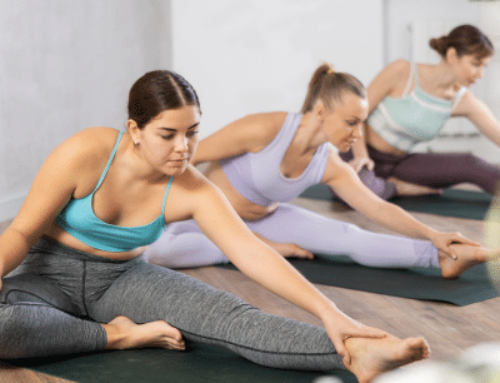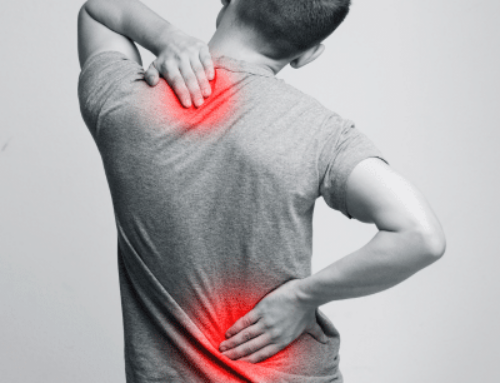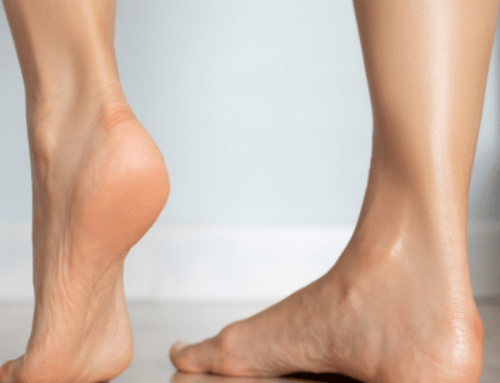 Before playing a round of golf, warming up for 15 to 20 minutes prior to beginning your round may help you prevent injury and also improve your game.
Before playing a round of golf, warming up for 15 to 20 minutes prior to beginning your round may help you prevent injury and also improve your game.
1. Warm-up before playing golf to prevent low back pain
Upon arriving at the course, then going directly to the tee without warming up is probably the surest way to sprain one’s back muscles and result in low back pain. Instead, a gentle warm-up before starting to golf, including stretching and easy swings is recommended for the muscles to get ready for the game.
First, start with stretching before beginning to play golf. Stretching should emphasize the shoulder, torso, and hip regions as well as the hamstring muscles.
The shoulder and torso may be stretched by holding a golf club behind the neck and shoulders and then rotating the torso left and right trying to go equally to each side. Try to keep the hips stable and in line for 10 to 15 reps in each direction first to loosen the shoulders and torso, then 10 to 15 more reps adding rotation of the hips in each direction. The hips maybe stretched also by first pulling the knee to the chest, and secondly by spreading the feet slightly wider than shoulder width and shifting your weight over each foot for several seconds in each direction.
The hamstrings maybe stretched by bending over and trying to touch the toes or by sitting on a chair or bench with one leg straightened at the knee while leaning over the straightened leg for up to 30 seconds. Do not bounce or rock over the knee, but rather a slow gentle stretch.
Next, gently swinging a golf club helps warm up the necessary muscle groups and prepares them for the torque (force) and torsion (twisting) that a golf swing produces. Arm circles and stretching the anterior chest muscles by placing your arms on a door frame with the elbows at shoulder level and leaning into the open space for 5-10 seconds will aid in loosening tight shoulder musculature. Time permitting, going to the driving range before a golf game is very helpful. Golf practice should begin with the smaller irons and progress up to the larger woods. This process allows the muscles to incrementally warm up.
Overall, muscles that have been stretched and gradually loaded are much less prone to being injured while playing golf and can take more stress before either being strained or sprained. Below are several simple fitness exercises in addition to those listed above.
Backswing Stretch with Club
• Step 1: Extend left arm out in front of you (if you are a right handed golfer).
• Step 2: Take both hands and place on top of club.
• Step 3: Drop upper body down against club to feel a stretch in your left shoulder.
• Step 4: Hold at least 15 seconds, repeat once more, then do the opposite arm for your follow-through side.
Tubing Side Rotation
An ideal core exercise for golf is the Tubing Side Rotation. This exercise places your body in a position similar to the one you’re in during the golf swing, and develops strength, endurance, and power in the core. You’ll need access to fitness tubing. Grasp the handles of the elastic tubing slightly above hip level. Place the feet slightly wider than shoulder width, knees bent and torso upright.
1. Step 2-4 feet away from the tubing attachment to create tension. Allow your hands to shift to the sides of your body when stepping away from the tubing attachment.
2. Rotate your shoulders and hips in the direction opposite of the tubing attachment, pulling the arms across the front of your body. Continue to rotate at a high rate of speed until the shoulders are completely rotated in the opposite direction, and your hands are on the opposite side of your body.
3. Return to the starting position and repeat for 8-12 repetitions.
4. Switch to your opposite side and repeat.






